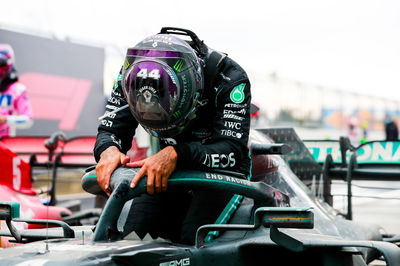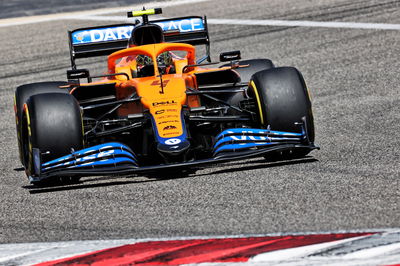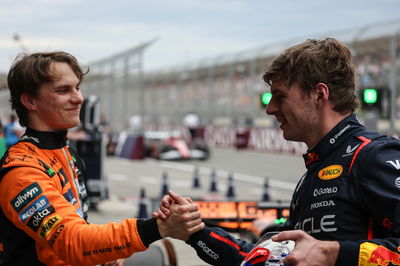F1 Drive to Survive Season 3 Review: Entertaining but incomplete
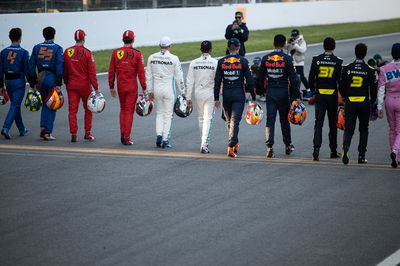
With the start of a new Formula 1 season nearly upon us, season three of the Netflix Formula 1 documentary Drive to Survive is the perfect way to whet your appetite.
Like in the previous two seasons, Drive to Survive is 10-episodes long and delves into a variety of subjects and storylines which cropped up during the 2020 F1 season.
Produced once again by Box to Box Films, Drive to Survive explores the nuances of the sport we love, it brings personalities and rivalries to life and adds a significant degree of hyperbole to the events of an unprecedented COVID-hit 2020 campaign.
While it is not without its flaws, Drive to Survive is now a firm staple for any F1 fan, but why?
The first episode of season three is titled ‘Cash is King’ - referencing Lewis Hamilton’s response when he was asked why F1 had travelled to Melbourne for the later-cancelled Australian Grand Prix amid the pandemic. It immediately set the scene for a season like no other.
The virus had hit, the season was postponed and as a viewer, your mind quickly cast back to the long lockdown months of last Spring.
Once the scene was set, the first episode got underway with James Bond-like villain Lawrence Stroll having a significant presence as Racing Point unveiled its controversial ‘Pink Mercedes’ car, while McLaren got its fair share of air time during the winter testing segment with Lando Norris.
Since becoming the owner of Racing Point - now Aston Martin - in 2019, we’ve not seen or heard too much from the Stroll, but the Canadian billionaire’s presence and his impact on the sport was very apparent from the off.
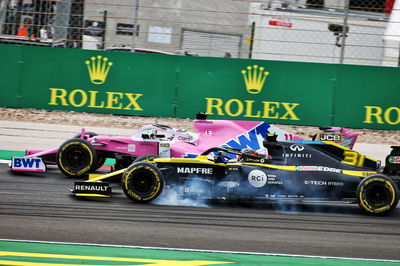
Pre-season testing in Barcelona was an unnecessary focus in episode one, compounded by Box to Box Film’s decision to use team radio from the first race in Austria over Norris testing in Barcelona.
‘Scenario 7’, we heard in the opening episode when Norris surged to the top of the timesheets in winter testing - given the insignificance winter testing has on the season, a lesser focus on it would have served the series better.
Aptly named ‘Back on Track’ as the 2020 season finally got underway in Austria, episode two explored the fascinating rivalry between Mercedes and Red Bull bosses Toto Wolff and Christian Horner.
Horner was entertaining as the wind-up merchant figure, arguably childish at times. Contrast that to Wolff, who’s cool, calm, and assured nature marked a reflection of where Mercedes was in 2020 and why it’s been F1’s dominant force since 2014.
“We do the talking on the track,” Wolff said in his stern, Terminator-like voice.
While the series is guilty of overdramatising and exaggerating certain relationships, the clear dynamic between Wolff and Horner was enjoyable viewing and offered fans a little snippet of what we could expect in 2021 should Mercedes and Red Bull duel it out to the wire for the major honours this year.
The exploration of certain characters and relationships, that insight which we don’t usually get through the standard TV coverage, is what we all crave. Cyril Abiteboul’s petulant, however, emotional reaction to Daniel Ricciardo leaving Renault for McLaren in episode five offered great colour to the former Renault boss, reminding fans F1’s leading figures are human as well.
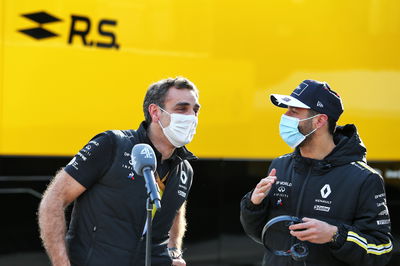
Similarly, the heavy focus on Valtteri Bottas (or should that be Bott-ass) in episode three and his revelation that he contemplated retirement after being forced to move over for teammate Lewis Hamilton at the 2018 Russian Grand Prix. It’s fair to say it wasn’t the only side of Bottas we got to see…
Box to Box Films hit the nail on the head as it highlighted Sebastian Vettel’s deteriorating relationship with Ferrari in episode four, but it was hard to rationalise their portrayal of Norris and Carlos Sainz’s relationship at McLaren in later episodes.
“The gloves were off,” journalist Will Buxton said when describing Norris and Sainz’s relationship going into 2020.
Given the duo’s clear strong friendship, the false representation of their relationship in season eight would have left knowledgeable F1 fans scratching their heads.
There were also intriguing insights into Pierre Gasly’s mindset and his frustration over Red Bull’s overwhelming support for the underperforming Alexander Albon: “It’s a joke how they treat this, a joke,” he said.
The coverage of Romain Grosjean’s ‘fireball’ crash in episode nine - ‘Man on fire’ - was compelling, but an emotional watch.
Gasly losing his best friend Anthoine Hubert a year before his maiden win at Monza, while rewatching the inferno which engulfed Grosjean in Bahrain still gave me the same sense of dread despite me knowing the Frenchman was going to make it out in one piece.
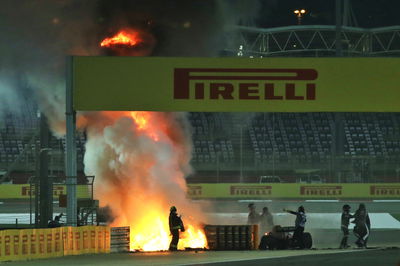
The Grosjean episode was intertwined with Sergio Perez’s remarkable maiden win in Sakhir leading him to secure the Red Bull drive, making it one of the standout episodes of the series.
While the series’ exploration of certain topics and storylines were mostly good, it did have its pitfalls.
The inconsistent use of team radio and footage makes it arguably insulting for hardcore F1 fans.
In the eighth episode, when Charles Leclerc crashed into Vettel on the opening lap of the race in Styria, we hear Vettel’s team radio from the pair’s crash from Brazil 2019. In the final episode, which focuses on Abu Dhabi, clips from the races in Bahrain were shown highlighting the inconsistencies and minor details which took the gloss off the series.
Barely a mention of Lewis Hamilton and his remarkable win at the Turkish Grand Prix, nor him breaking Michael Schumacher’s record of 91 wins at Portimao.
George Russell’s bitter-sweet debut in Sakhir and the Williams’ family departure from the sport was also missing, making it an incomplete, albeit entertaining review of a historic 2020 season.
Hamilton’s anti-racism and Black Lives Matter efforts were briefly mentioned at the end of the final episode, but it simply wasn’t enough given the size of these issues in our society highlighted by recent events nor fitting of F1’s most successful driver ever.
Drive to Survive is entertaining, exciting and insightful. Besides the frequent inconsistencies which only a hardcore F1 fan would notice, the series gives fans tidbits they wouldn’t normally have. While it is hyperbolic and heavily misconstrued to entertain in parts, it certainly ticks a lot of boxes as it did in its first two seasons.
A better selection of topics would have put the icing on the cake, but there’s no doubt season three of Drive to Survive showcases the sport we love and highlights many of the best parts of F1 to attract new fans.
Let us know what you think of the latest season of Drive to Survive in the comments below!
